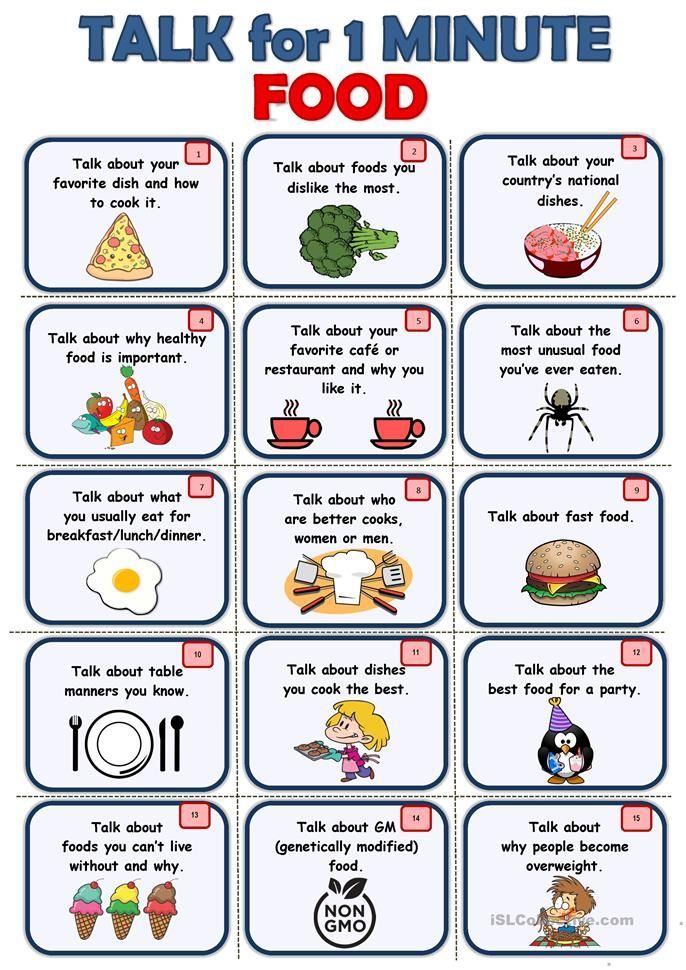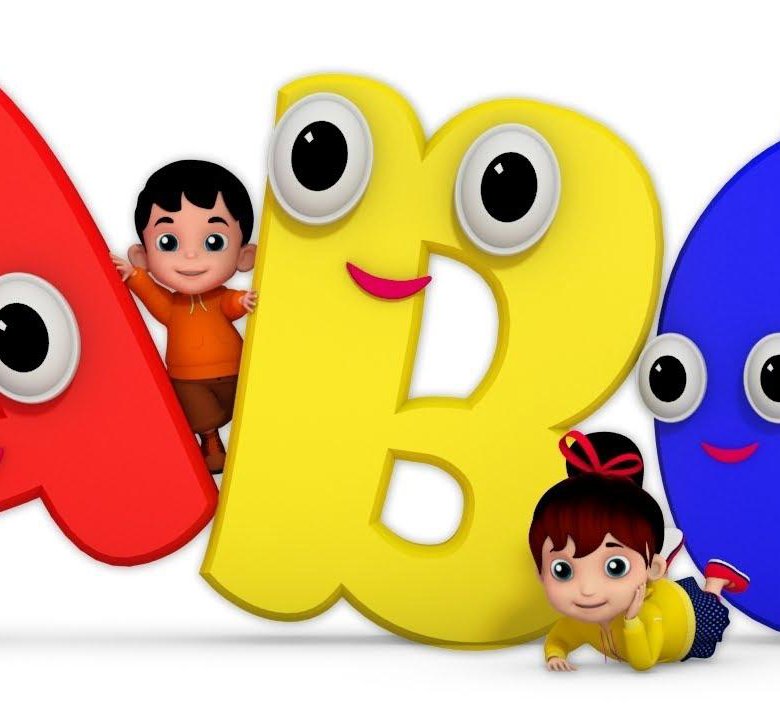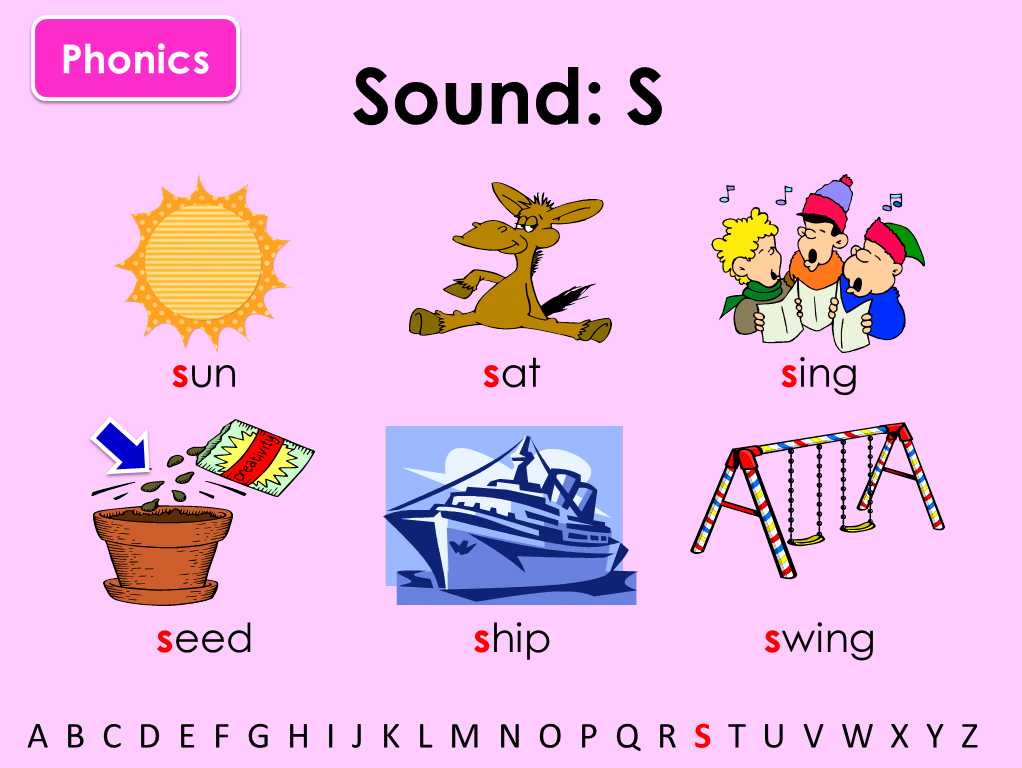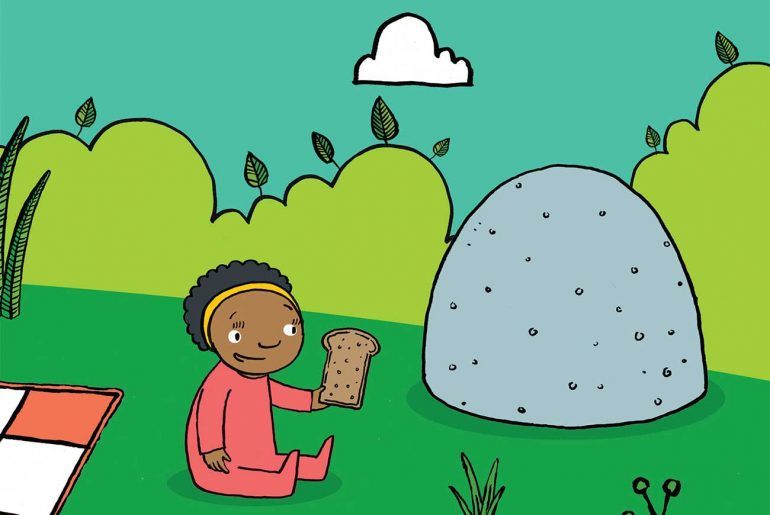Teaching people how to read
9 Fun and Easy Tips
With the abundance of information out there, it can seem like there is no clear answer about how to teach a child to read. As a busy parent, you may not have time to wade through all of the conflicting opinions.
That’s why we’re here to help! There are some key elements when it comes to teaching kids to read, so we’ve rounded up nine effective tips to help you boost your child’s reading skills and confidence.
These tips are simple, fit into your lifestyle, and help build foundational reading skills while having fun!
Tips For How To Teach A Child To Read
1) Focus On Letter Sounds Over Letter Names
We used to learn that “b” stands for “ball.” But when you say the word ball, it sounds different than saying the letter B on its own. That can be a strange concept for a young child to wrap their head around!
Instead of focusing on letter names, we recommend teaching them the sounds associated with each letter of the alphabet. For example, you could explain that B makes the /b/ sound (pronounced just like it sounds when you say the word ball aloud).
Once they firmly establish a link between a handful of letters and their sounds, children can begin to sound out short words. Knowing the sounds for B, T, and A allows a child to sound out both bat and tab.
As the number of links between letters and sounds grows, so will the number of words your child can sound out!
Now, does this mean that if your child already began learning by matching formal alphabet letter names with words, they won’t learn to match sounds and letters or learn how to read? Of course not!
We simply recommend this process as a learning method that can help some kids with the jump from letter sounds to words.
2) Begin With Uppercase Letters
Practicing how to make letters is way easier when they all look unique! This is why we teach uppercase letters to children who aren’t in formal schooling yet.
Even though lowercase letters are the most common format for letters (if you open a book at any page, the majority of the letters will be lowercase), uppercase letters are easier to distinguish from one another and, therefore, easier to identify.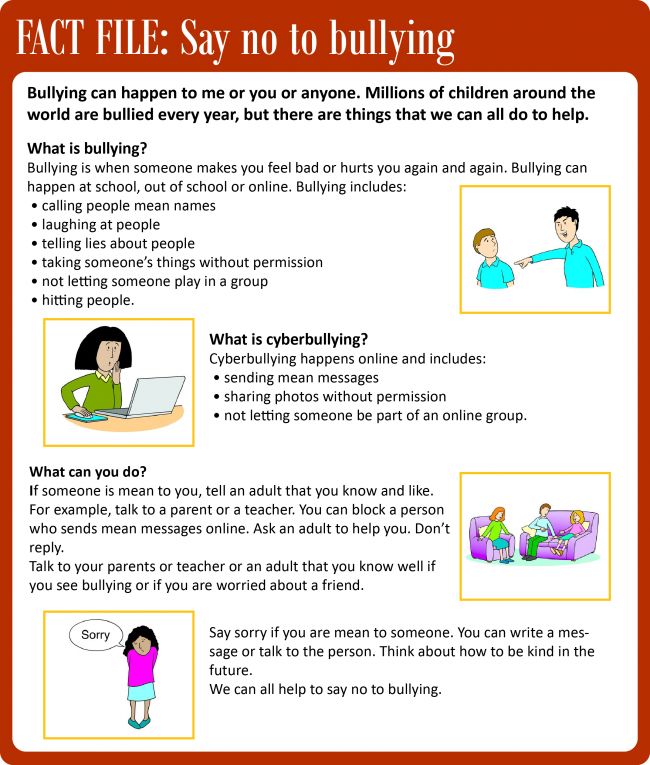
Think about it –– “b” and “d” look an awful lot alike! But “B” and “D” are much easier to distinguish. Starting with uppercase letters, then, will help your child to grasp the basics of letter identification and, subsequently, reading.
To help your child learn uppercase letters, we find that engaging their sense of physical touch can be especially useful. If you want to try this, you might consider buying textured paper, like sandpaper, and cutting out the shapes of uppercase letters.
Ask your child to put their hands behind their back, and then place the letter in their hands. They can use their sense of touch to guess what letter they’re holding! You can play the same game with magnetic letters.
3) Incorporate Phonics
Research has demonstrated that kids with a strong background in phonics (the relationship between sounds and symbols) tend to become stronger readers in the long-run.
A phonetic approach to reading shows a child how to go letter by letter — sound by sound — blending the sounds as you go in order to read words that the child (or adult) has not yet memorized.
Once kids develop a level of automatization, they can sound out words almost instantly and only need to employ decoding with longer words. Phonics is best taught explicitly, sequentially, and systematically — which is the method HOMER uses.
If you’re looking for support helping your child learn phonics, our HOMER Learn & Grow app might be exactly what you need! With a proven reading pathway for your child, HOMER makes learning fun!
4) Balance Phonics And Sight Words
Sight words are also an important part of teaching your child how to read. These are common words that are usually not spelled the way they sound and can’t be decoded (sounded out).
Because we don’t want to undo the work your child has done to learn phonics, sight words should be memorized. But keep in mind that learning sight words can be challenging for many young children.
So, if you want to give your child a good start on their reading journey, it’s best to spend the majority of your time developing and reinforcing the information and skills needed to sound out words.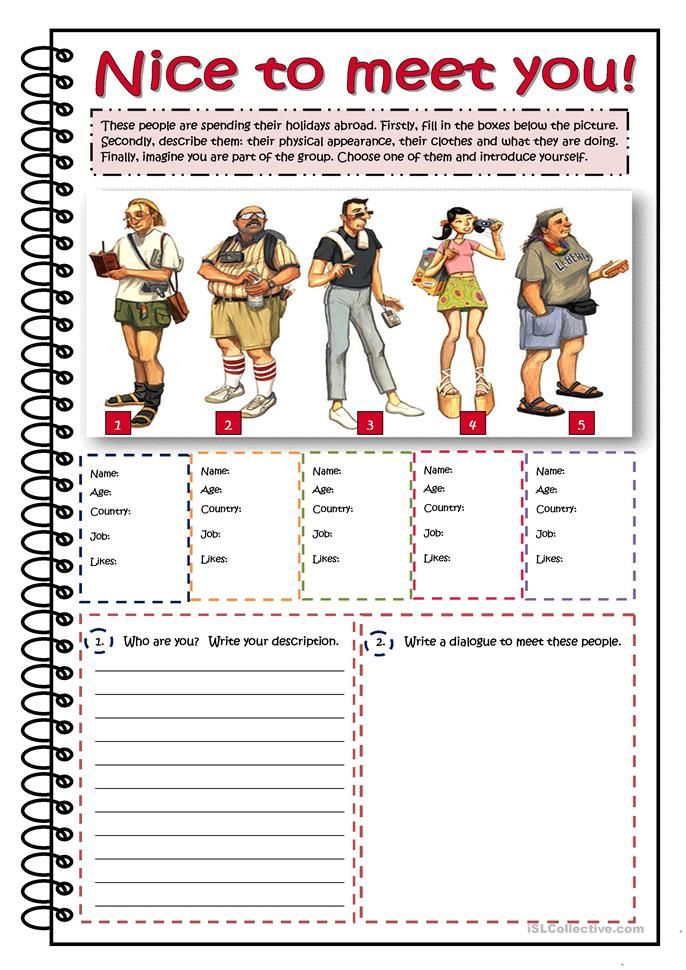
5) Talk A Lot
Even though talking is usually thought of as a speech-only skill, that’s not true. Your child is like a sponge. They’re absorbing everything, all the time, including the words you say (and the ones you wish they hadn’t heard)!
Talking with your child frequently and engaging their listening and storytelling skills can increase their vocabulary.
It can also help them form sentences, become familiar with new words and how they are used, as well as learn how to use context clues when someone is speaking about something they may not know a lot about.
All of these skills are extremely helpful for your child on their reading journey, and talking gives you both an opportunity to share and create moments you’ll treasure forever!
6) Keep It Light
Reading is about having fun and exploring the world (real and imaginary) through text, pictures, and illustrations. When it comes to reading, it’s better for your child to be relaxed and focused on what they’re learning than squeezing in a stressful session after a long day.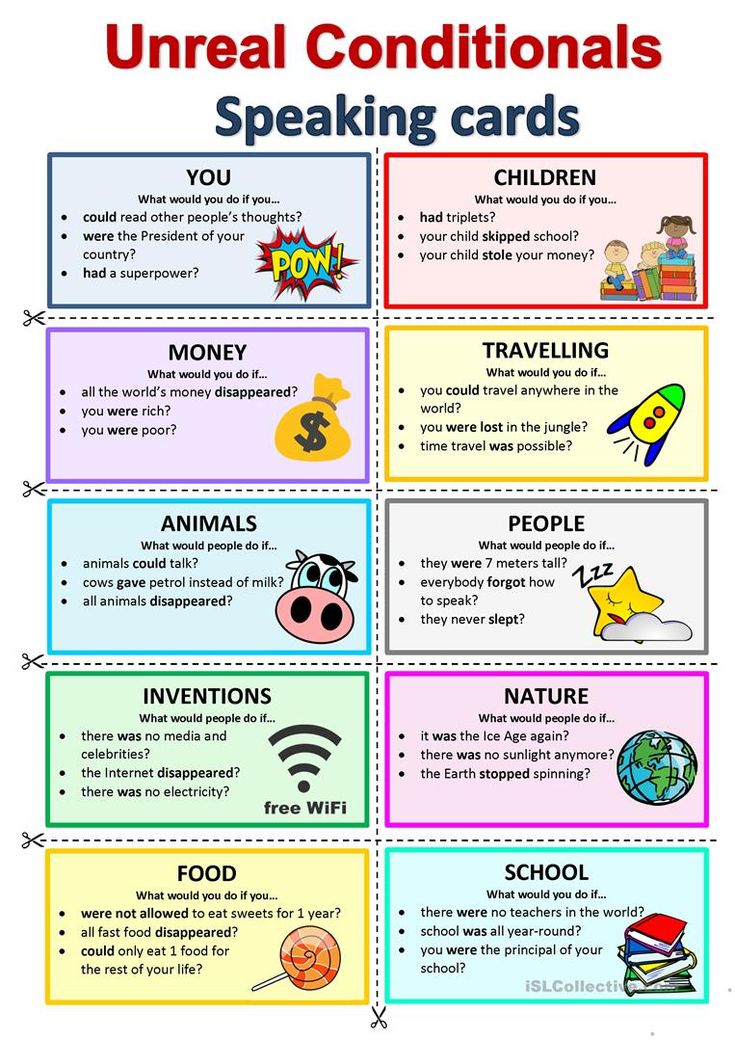
We’re about halfway through the list and want to give a gentle reminder that your child shouldn’t feel any pressure when it comes to reading — and neither should you!
Although consistency is always helpful, we recommend focusing on quality over quantity. Fifteen minutes might sound like a short amount of time, but studies have shown that 15 minutes a day of HOMER’s reading pathway can increase early reading scores by 74%!
It may also take some time to find out exactly what will keep your child interested and engaged in learning. That’s OK! If it’s not fun, lighthearted, and enjoyable for you and your child, then shake it off and try something new.
7) Practice Shared Reading
While you read with your child, consider asking them to repeat words or sentences back to you every now and then while you follow along with your finger.
There’s no need to stop your reading time completely if your child struggles with a particular word. An encouraging reminder of what the word means or how it’s pronounced is plenty!
Another option is to split reading aloud time with your child.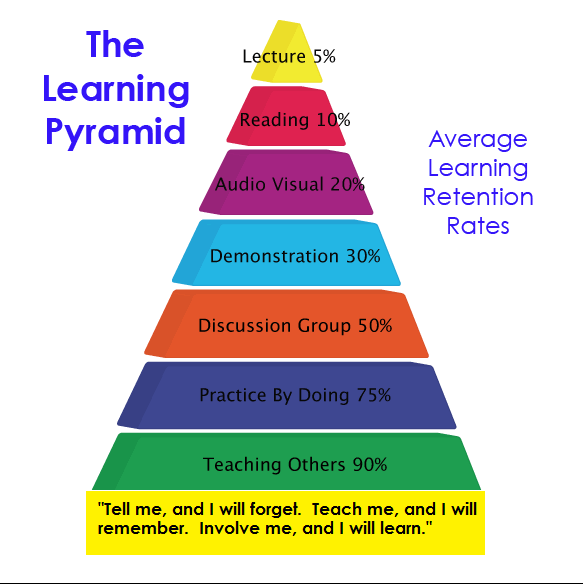 For emerging readers, you can read one line and then ask them to read the next. For older children, reading one page and letting them read the next page is beneficial.
For emerging readers, you can read one line and then ask them to read the next. For older children, reading one page and letting them read the next page is beneficial.
Doing this helps your child feel capable and confident, which is important for encouraging them to read well and consistently!
This technique also gets your child more acquainted with the natural flow of reading. While they look at the pictures and listen happily to the story, they’ll begin to focus on the words they are reading and engage more with the book in front of them.
Rereading books can also be helpful. It allows children to develop a deeper understanding of the words in a text, make familiar words into “known” words that are then incorporated into their vocabulary, and form a connection with the story.
We wholeheartedly recommend rereading!
8) Play Word Games
Getting your child involved in reading doesn’t have to be about just books. Word games can be a great way to engage your child’s skills without reading a whole story at once.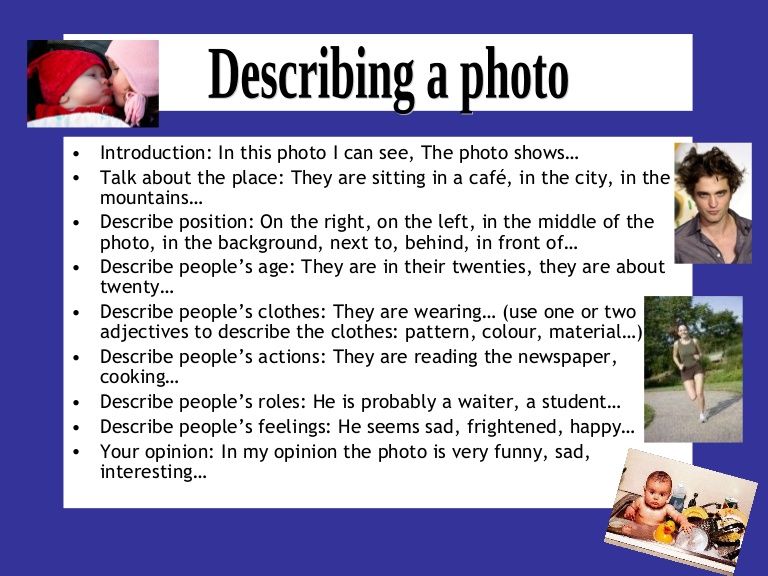
One of our favorite reading games only requires a stack of Post-It notes and a bunched-up sock. For this activity, write sight words or words your child can sound out onto separate Post-It notes. Then stick the notes to the wall.
Your child can then stand in front of the Post-Its with the bunched-up sock in their hands. You say one of the words and your child throws the sock-ball at the Post-It note that matches!
9) Read With Unconventional Materials
In the same way that word games can help your child learn how to read, so can encouraging your child to read without actually using books!
If you’re interested in doing this, consider using PlayDoh, clay, paint, or indoor-safe sand to form and shape letters or words.
Another option is to fill a large pot with magnetic letters. For emerging learners, suggest that they pull a letter from the pot and try to name the sound it makes. For slightly older learners, see if they can name a word that begins with the same sound, or grab a collection of letters that come together to form a word.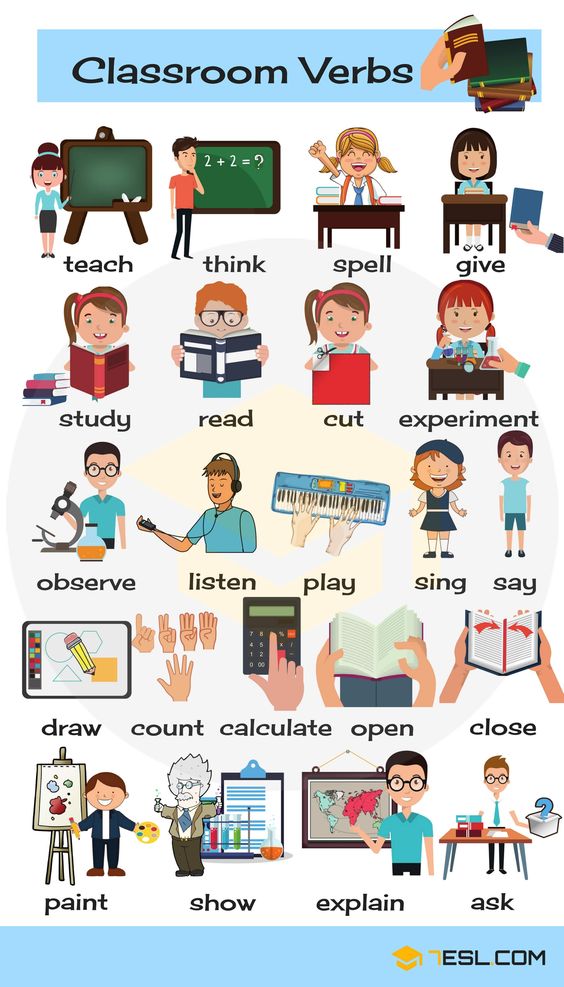
As your child becomes more proficient, you can scale these activities to make them a little more advanced. And remember to have fun with it!
Reading Comes With Time And Practice
Overall, we want to leave you with this: there is no single answer to how to teach a child to read. What works for your neighbor’s child may not work for yours –– and that’s perfectly OK!
Patience, practicing a little every day, and emphasizing activities that let your child enjoy reading are the things we encourage most. Reading is about fun, exploration, and learning!
And if you ever need a bit of support, we’re here for you! At HOMER, we’re your learning partner. Start your child’s reading journey with confidence with our personalized program plus expert tips and learning resources.
Author
How to Teach an Adult to Read -
It may seem like all adults should know how to read in this day and age.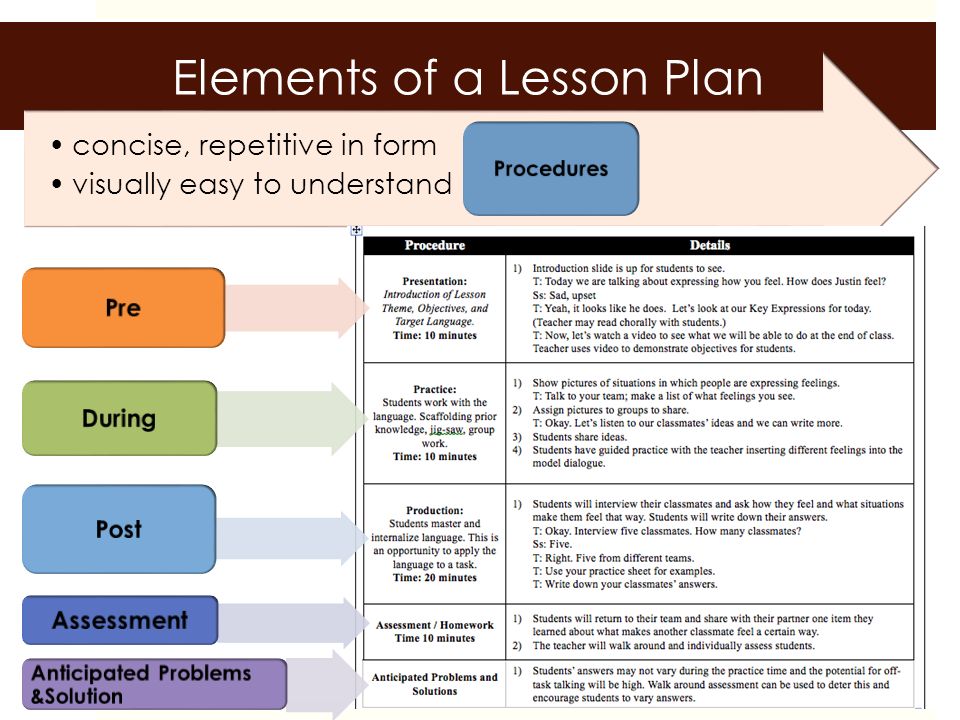 However, there are actually many adults that still don’t know how to read or can’t read well. The organization for Economic Cooperation and Development has found that 5.2 million American adults can’t read and 50% of U.S. adults can’t read a book past an 8th grade level. With the statistics where they are, you may need to know how to teach an adult to read at some point.
However, there are actually many adults that still don’t know how to read or can’t read well. The organization for Economic Cooperation and Development has found that 5.2 million American adults can’t read and 50% of U.S. adults can’t read a book past an 8th grade level. With the statistics where they are, you may need to know how to teach an adult to read at some point.
Whether you are a teacher, parent, or advocate, you know that literacy is tied to nearly everything do even our interactions in social situations. An adult that is not able to read can have significant issues living in society. But, how do you teach an adult to read?
Teaching an adult to read really isn’t much different than teaching a child. Children lack confidence because they feel like they are the only ones who can’t read. The same is true with an adult and even more so because they are older.
The sad thing is that many adults who struggle to read may have an undiagnosed learning disorder such as dyslexia, or they may have never had someone reach them. Whatever the reason is, an adult who is seeking to learn how to read needs certain learning tools. Here’s how to teach an adult to read.
Whatever the reason is, an adult who is seeking to learn how to read needs certain learning tools. Here’s how to teach an adult to read.
Build Rapport
The first thing you need to do with an adult is build rapport with them. Find out why they want to learn to read. Ask them how they feel about reading and why they have struggled. Let them know the statistics that 5.2 million adults don’t know how to read. This will help them not to feel alone. Talk about things they like and build off their interests to relate to the adult student. Adults don’t want to be treated like children. They want to be treated like an adult.
Skip the Children’s Story Books
First and foremost, if you have an adult that wants to learn to read, do not use children’s story books. Although these books may be an appropriate reading and spelling level for adult students, it will turn them away from reading. Presenting an adult with a children’s story book can be humiliating to the adults.
However, if an adult student is trying to learn to read to read their child a bedtime story or teach their own child to read, these books may work well.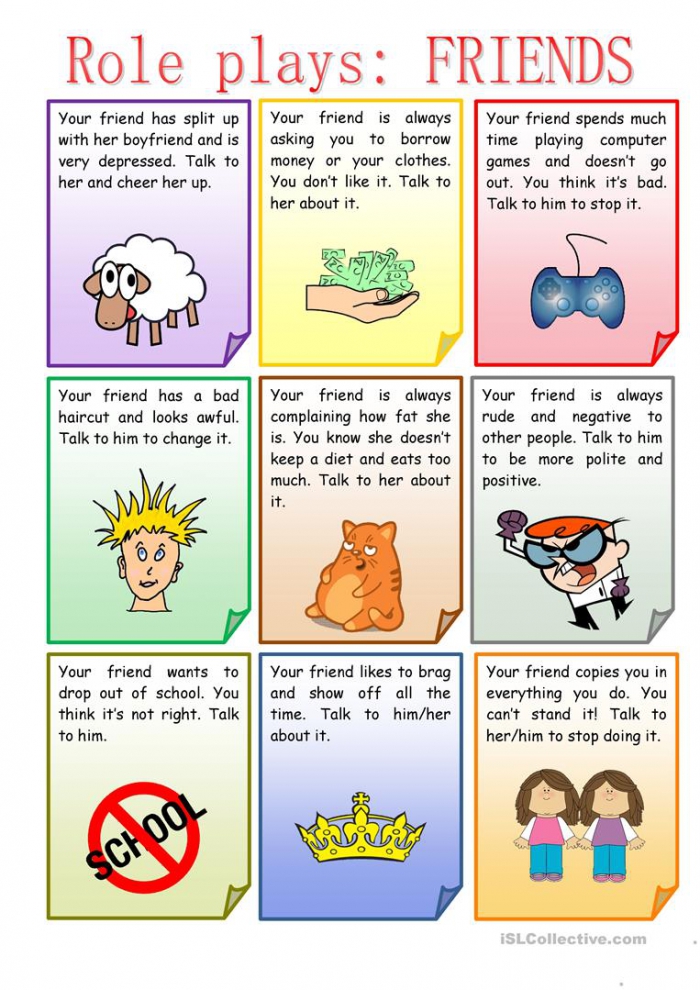 You will know by building rapport with the adult student.
You will know by building rapport with the adult student.
Build Confidence
Building confidence is key to helping anyone learn to read whether they are an adult or a child. Focus on what the adult does know how to read. The more you can show the student that he or she is capable of reading, the easier it will be. Build off what the person knows and help them to see that they can do this.
Consider Computer Based Learning
When we teach children to read, we typically have them do a lot of reading aloud. This may work for children, but for adults, this can be embarrassing, frustrating, and ultimately make them feel less confident. Instead, consider computer based learning that teaches an adult at their own pace. In fact, adults prefer to learn this way. Think of it like learning a different language. When we learn a new language we use Rosetta Stone.
Here are some learning based programs you can use with adults who are struggling with reading:
- Reading Patch – (Download 3 sample lessons for How to Teach an Adult to Read here)
- LINCS Learner Center
- Literacy Works Learner Lab
- Newsela
- USA Learns
- ProLiteracy
Teaching adults how to read has a whole different set of challenges than teaching a child to read.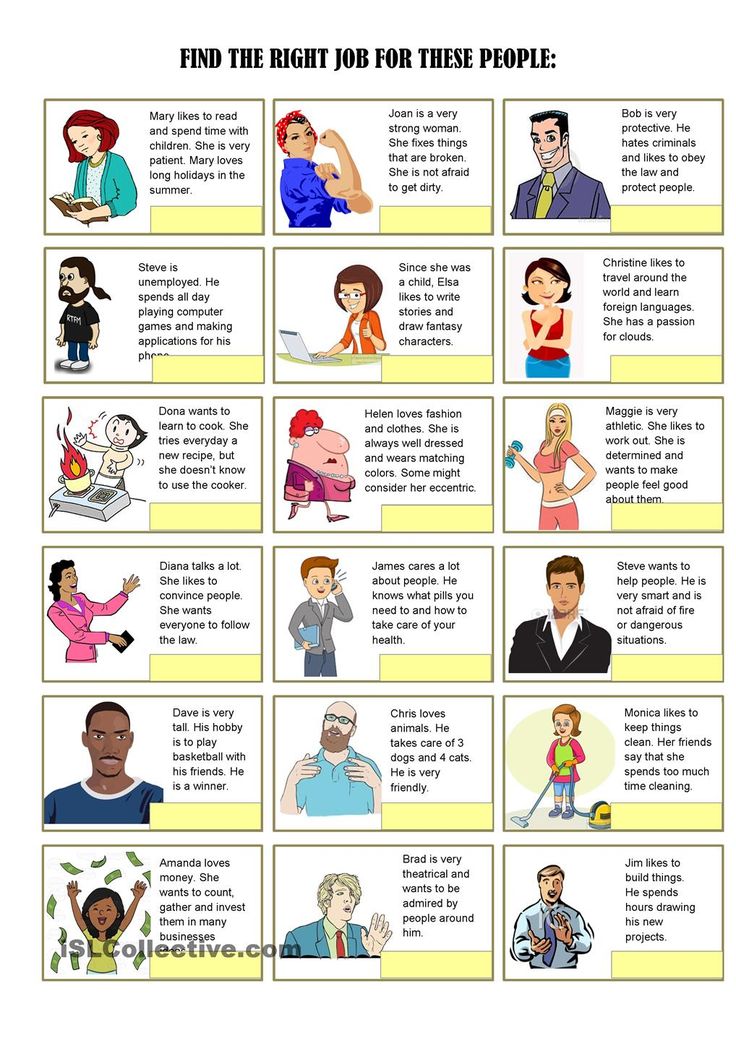 The key is to keep building confidence, being supportive, and encouraging them to read.
The key is to keep building confidence, being supportive, and encouraging them to read.
If you want to try teaching your 5 year old to learn read words, you can try some free reading lessons right here at the Reading Patch.
Try the Reading Patch TEACHER’S MANUAL FOR HOW TO TEACH AN ADULT TO READ
If you want to try teaching an adult to read, consider using the Reading Patch Teacher’s Manual for How to Teach an Adult to Read. While the Reading Patch site was built to help children learn to read using on-demand video reading lessons, they have had a lot of success with adults too! The How to Teach an Adult to Read teacher’s manual has 120 explicitly scripted lessons and many materials to help you teach reading. You can download and try 3 Free Reading Lessons here. Soon you will be on your way to helping teach an adult to read.
About the Authors:
Madreen Karle is a master first grade reading teacher with over 30 years of classroom experience.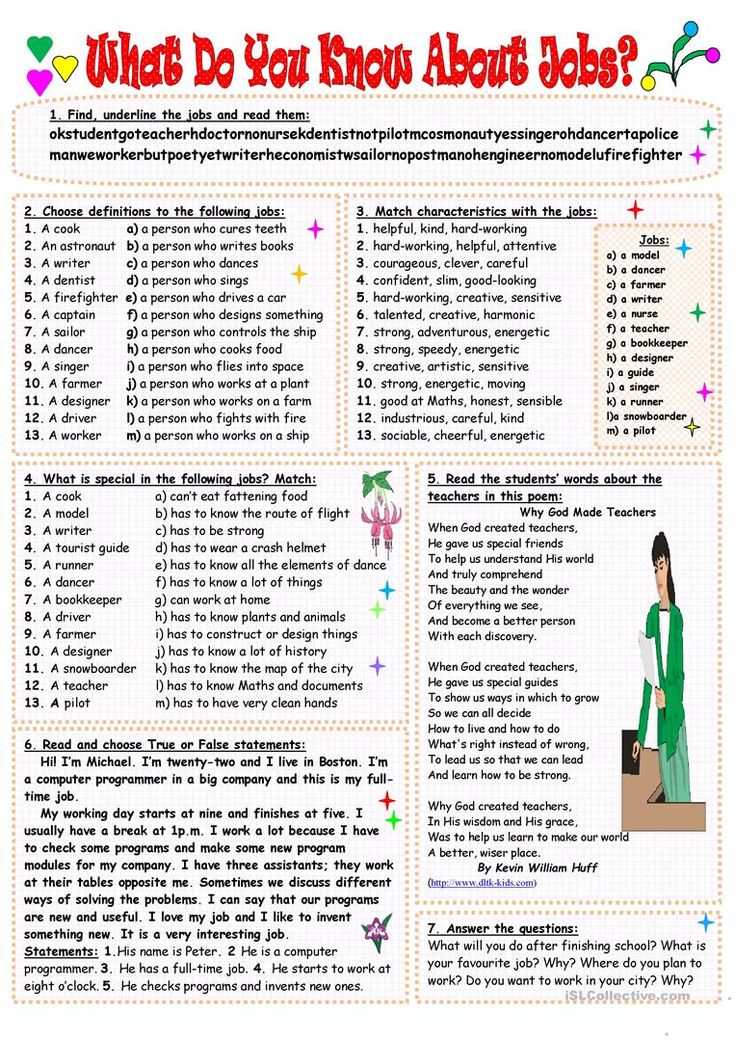 She taught reading in a special needs and English as a Second Language classroom. After retiring she wrote a reading program to help others learn how to teach reading. She is a trusted educator and author of 5 books to help teach children to read and write. In addition to her books, she is a mentor for 3 websites that give reading teacher tips (Mrs. Karle’s Sight and Sound Reading, Mrs. Karle’s Reading Patch, and Mrs. Karle’s Handwriting Patch). Through her teaching she learned that confidence was the key to learning to read. A child who is not confident at reading does not like to read and struggles to read. Mrs. Karle created “sunshine moments” to help teach children how to grow their confidence and learn to read.
She taught reading in a special needs and English as a Second Language classroom. After retiring she wrote a reading program to help others learn how to teach reading. She is a trusted educator and author of 5 books to help teach children to read and write. In addition to her books, she is a mentor for 3 websites that give reading teacher tips (Mrs. Karle’s Sight and Sound Reading, Mrs. Karle’s Reading Patch, and Mrs. Karle’s Handwriting Patch). Through her teaching she learned that confidence was the key to learning to read. A child who is not confident at reading does not like to read and struggles to read. Mrs. Karle created “sunshine moments” to help teach children how to grow their confidence and learn to read.
Meeghan Karle Mousaw (Madreen’s daughter) has her Master’s in Special Education. She has 7 years experience teaching children to read online. In addition, she developed a curriculum to teach children handwriting called The Handwriting Patch. With the Handwriting Patch learning is fun because children learn to draw and learn handwriting at the same time.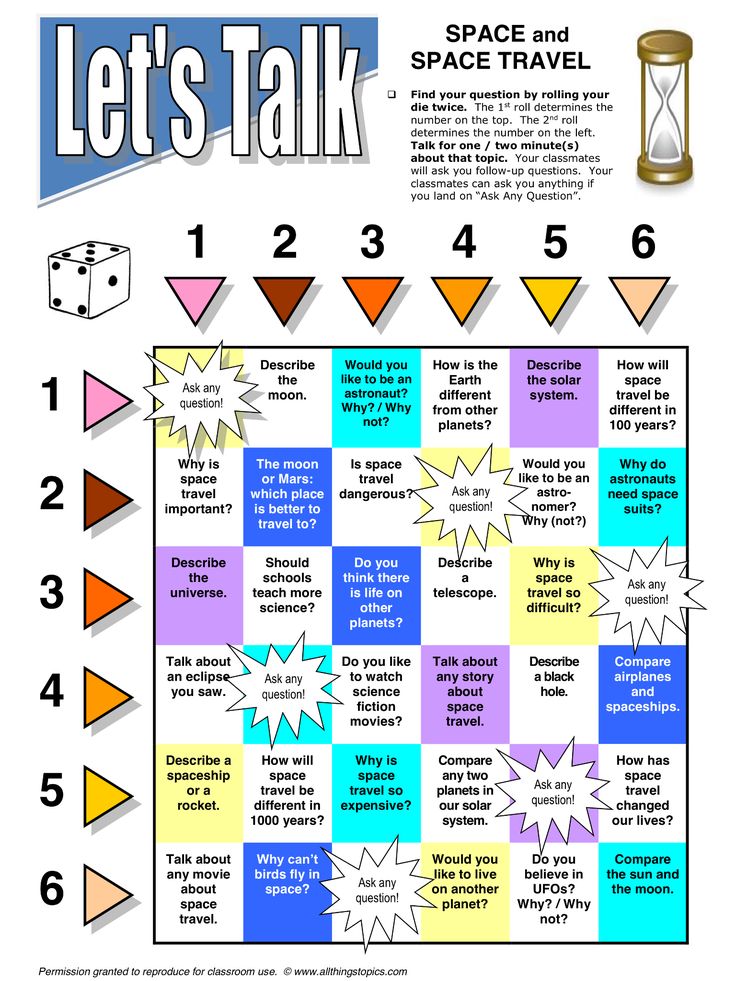 In 2019 The Handwriting Patch curriculum became an amazon best seller the first year it was released, helping thousands of kids learn handwriting with a unique, fun method. She is mom to 6 kids, each with differently learning abilities and struggles.
In 2019 The Handwriting Patch curriculum became an amazon best seller the first year it was released, helping thousands of kids learn handwriting with a unique, fun method. She is mom to 6 kids, each with differently learning abilities and struggles.
The Reading Patch was established by the creators of Mrs. Karle’s Sight and Sound Reading. Together they have been featured on the NBC media outlets. Over the last 7 years in their online platform, Madreen and Meeghan have worked tirelessly with teachers, homeschoolers and parents looking to help children learn to read to become a trusted authority in teaching children to read and advocating early literacy skills. They often partner with other educational experts to deliver the most current information to the Reading Patch community.
Madreen Karle and Meeghan Karle Mousaw
Madreen Karle is a master first grade reading teacher with over 30 years of classroom experience. She taught reading in a special needs and English as a Second Language classroom. After retiring she wrote a reading program to help others learn how to teach reading. She is a trusted educator and author of 5 books to help teach children to read and write. In addition to her books, she is a mentor for 3 websites that give reading teacher tips (Mrs. Karle's Sight and Sound Reading, Mrs. Karle's Reading Patch, and Mrs. Karle's Handwriting Patch). Through her teaching she learned that confidence was the key to learning to read. A child who is not confident at reading does not like to read and struggles to read. Mrs. Karle created "sunshine moments" to help teach children how to grow their confidence and learn to read.
After retiring she wrote a reading program to help others learn how to teach reading. She is a trusted educator and author of 5 books to help teach children to read and write. In addition to her books, she is a mentor for 3 websites that give reading teacher tips (Mrs. Karle's Sight and Sound Reading, Mrs. Karle's Reading Patch, and Mrs. Karle's Handwriting Patch). Through her teaching she learned that confidence was the key to learning to read. A child who is not confident at reading does not like to read and struggles to read. Mrs. Karle created "sunshine moments" to help teach children how to grow their confidence and learn to read.
Meeghan Karle Mousaw (Madreen’s daughter) has her Master’s in Special Education. She has 7 years experience teaching children to read online. In addition, she developed a curriculum to teach children handwriting called The Handwriting Patch. With the Handwriting Patch learning is fun because children learn to draw and learn handwriting at the same time.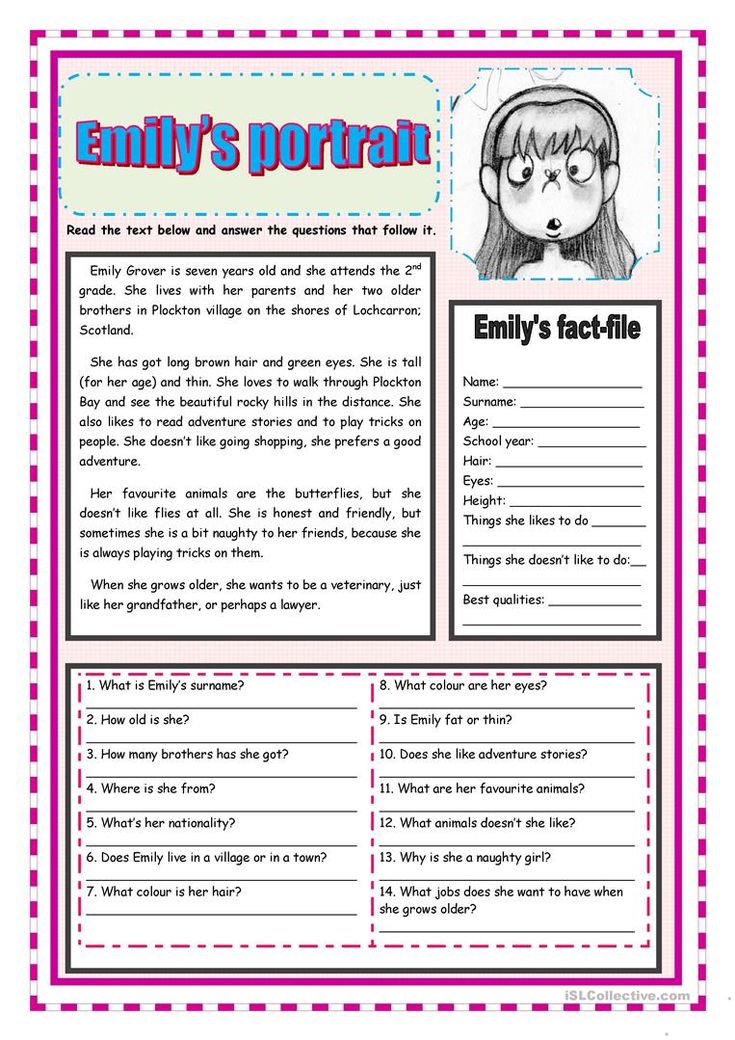 In 2019 The Handwriting Patch curriculum became an amazon best seller the first year it was released, helping thousands of kids learn handwriting with a unique, fun method. She is mom to 6 kids, each with differently learning abilities and struggles.
In 2019 The Handwriting Patch curriculum became an amazon best seller the first year it was released, helping thousands of kids learn handwriting with a unique, fun method. She is mom to 6 kids, each with differently learning abilities and struggles.
The Reading Patch was established by the creators of Mrs. Karle’s Sight and Sound Reading. Together they have been featured on the NBC media outlets. Over the last 7 years in their online platform, Madreen and Meeghan have worked tirelessly with teachers, homeschoolers and parents looking to help children learn to read to become a trusted authority in teaching children to read and advocating early literacy skills. They often partner with other educational experts to deliver the most current information to the Reading Patch community.
How to learn to read a person: 7 tips from a former FBI agent
The ability to read people greatly affects how you interact with them. When you understand how the other person is feeling, you can adapt your behavior to influence them effectively.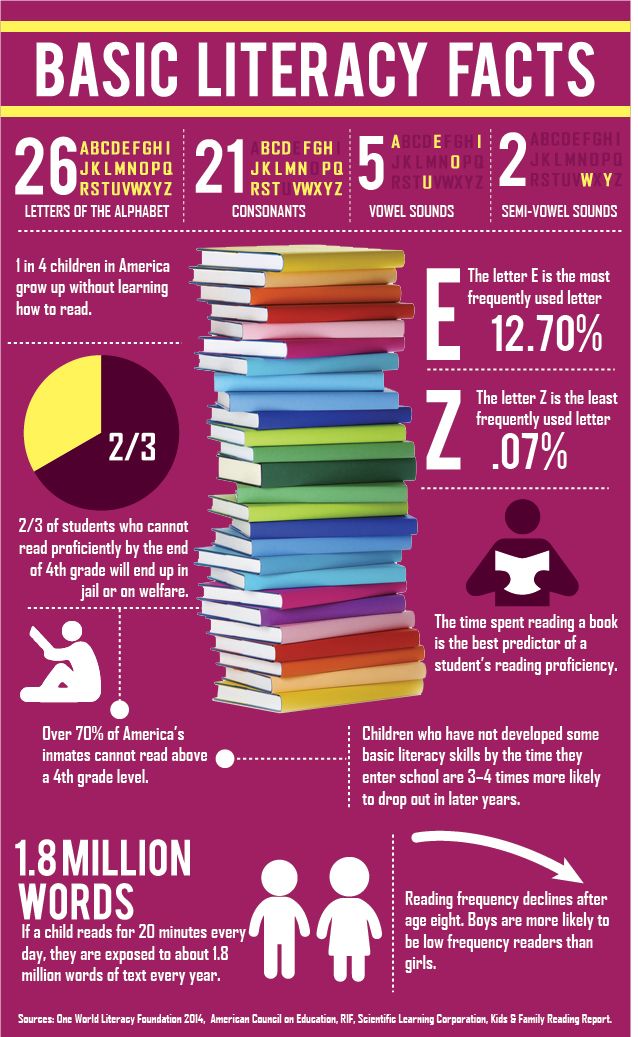 You will be able to understand when they lie to you or just hide the true motives.
You will be able to understand when they lie to you or just hide the true motives.
These tips are from Lara Kay's blog. She worked for the FBI for 23 years and now shares her knowledge and experience with people who want to improve their communication skills.
1
Define a base line of behavior
People vary greatly in how they express their emotions. Whether it's joy, peace, or discomfort, we all manifest them in a little different way. Meanwhile, all profiling tutorials give us a standardized picture.
Someone constantly blinks or scratches their head because they are worried, and for others it is just a harmless habit. This is the basic line of behavior: how a person behaves in familiar conditions, as well as his individual characteristics.
It is very important to determine the baseline of a person's behavior before interpreting his behavior. Knowing how he behaves in a calm, relaxed state, you can easily notice the slightest deviations, which will be the key to understanding his thoughts.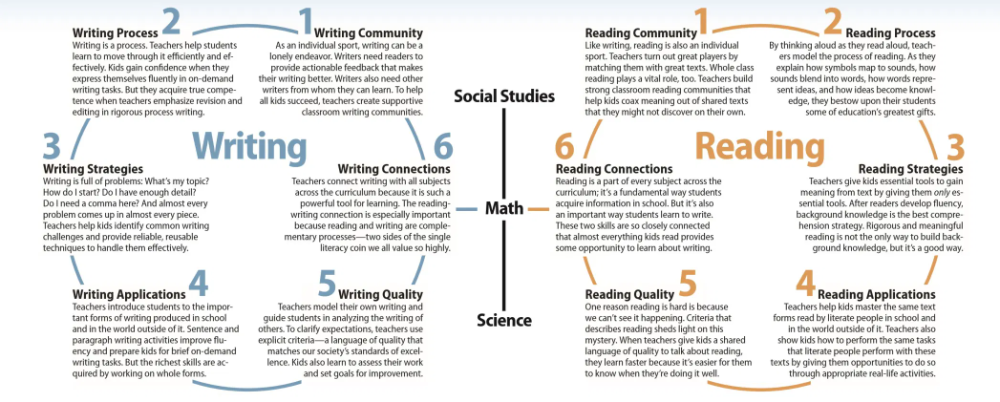
Sometimes you do not have enough time to determine the baseline, for example, when meeting (especially when you see a person for the first time, you have no idea what he is like in ordinary life). In this case, you need to create the most comfortable environment for a person from the very first seconds, which will help him feel natural. And only then can you move on to complex topics that will destroy this comfort (and hence the baseline).
2
Watch for deviations
Now that you know your baseline, watch for any deviations from it. For example, a person has a habit of spreading his arms wide on the table if he is in a good mood. And then, when you started to discuss the deadline of the project, he suddenly crosses his fingers, while his foot begins to lightly tap on the floor. His behavior has moved away from the baseline - this is a signal that both his thoughts and his internal state have changed. The man was clearly uncomfortable.
Perhaps he understands that he won't make it by the deadline, but he doesn't want to refuse you.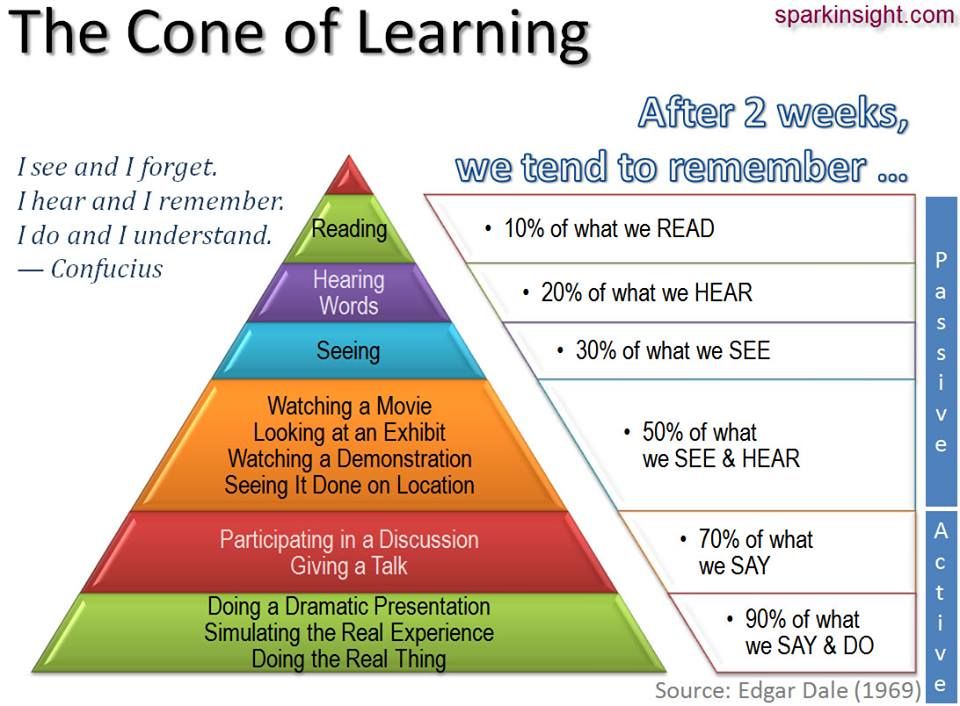 This is a sign that you need to delve into the topic, find the cause of discomfort and deal with it. And in exactly the same (similar) way you should act in any other situations.
This is a sign that you need to delve into the topic, find the cause of discomfort and deal with it. And in exactly the same (similar) way you should act in any other situations.
3
Pay attention to groups of gestures
Sometimes a person's nose really itches, and then he rubs it not at all because of excitement or stress. Sometimes the interlocutor changes his position not because his internal state has changed, but because of a stiff leg. One non-verbal or verbal signal never says anything for sure. It could be an accident or an exception to the rule.
Pay attention only to combinations of gestures that mean the same thing. If a person fidgeted in a chair, while scratching his neck, and his voice rose, this is already a reliable sign of a stressful state. Memorize by heart: only a set of signals speaks about the state of a person.
4
Compare and contrast
So, you notice that a person acts a little differently than usual. Go ahead and see if he repeats his behavior with other people in your group or under different circumstances. For example, leave him alone for a while, and follow him from the side.
This will help to understand the sincerity of his non-verbal behavior and determine the cause. If he behaves normally with other people, then either he is insincere with you, or it is you or what you say that is the cause of his discomfort.
5
Look in the mirror
Mirror neurons are special cells in our brain that are responsible for empathy. If the interlocutor smiles, mirror neurons fire, and we smile too. They help us to feel other people and empathize with them.
When we see someone we like, our eyebrows arch, our facial muscles relax, our head tilts forward, and blood flows to our lips, filling them. In the opposite situation, respectively, and other reactions of the body.
If your partner does not reciprocate this behavior, then his mirror neurons did not work - something stronger suppressed them. This is a signal that says that the partner did not like you (or your actions) and did not evoke reciprocal feelings in him.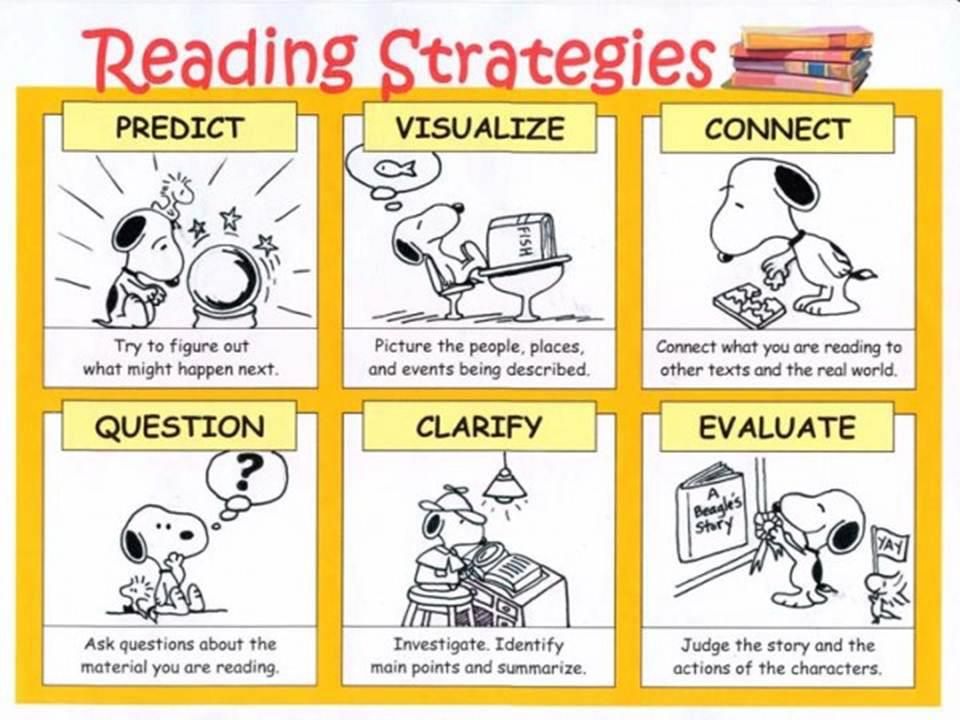 Dislike blocked mirror neurons.
Dislike blocked mirror neurons.
The other person is your mirror, and if you are not reflected in it, something goes wrong. Pay special attention to this.
6
Be mindful of context
Context is everything. Never forget this, otherwise your attempts to read a person are doomed to failure. A person may cross his arms for at least three reasons:
- He feels insecure.
- He is cold.
- He is unwell.
But the popular psychology blogs somehow only talk about one reason. You have to consider all and fit them into the context of the particular situation.
This situation can also be approached from another angle. Suppose you notice a certain context of the situation, which suggests the appearance of some feelings and their non-verbal signs in the observed. But for some reason they don't show up. This is already a serious discrepancy, which also needs a little investigation.
7
Pay attention to keywords
In fact, nonverbal cues are not the only way to get into another person's head.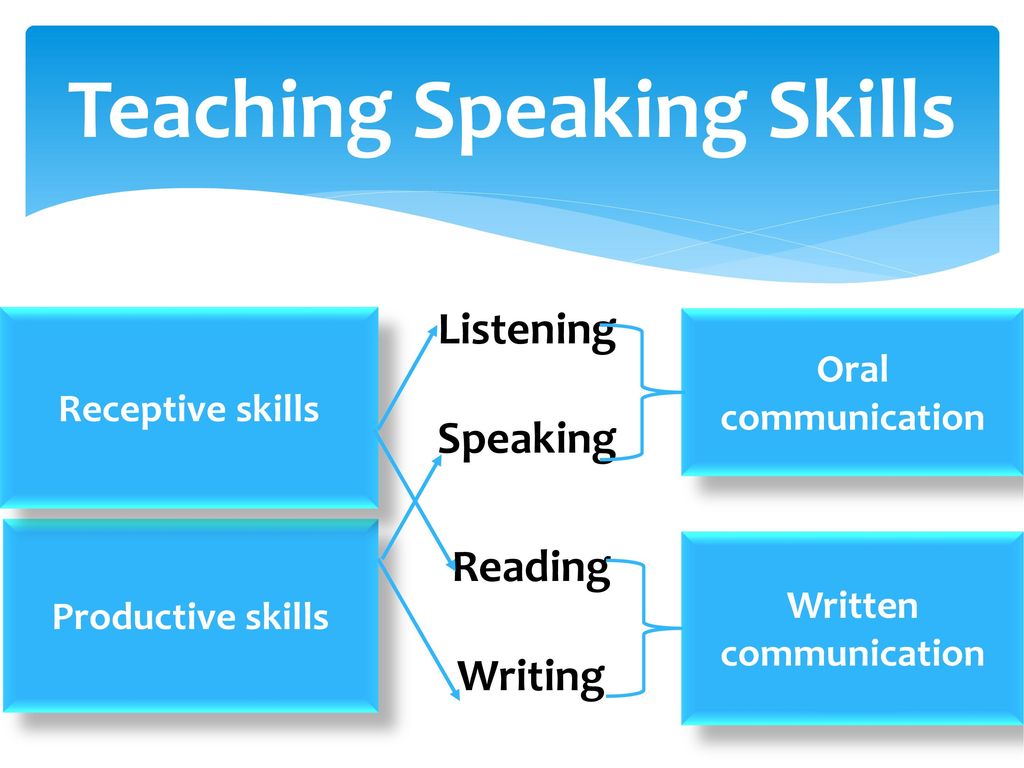 According to Lara Kay, verbs carry the greatest meaning and meaning in human speech. They provide the main essence of the expressed thoughts and it is to them that maximum attention should be paid.
According to Lara Kay, verbs carry the greatest meaning and meaning in human speech. They provide the main essence of the expressed thoughts and it is to them that maximum attention should be paid.
For example, your boss says, "I've decided to work with brand X." The key word here is "decided". It is it that most concerns the boss himself, his inner state and thoughts. This word indicates several things:
- Your boss is probably not impulsive. He didn't say, "I'll work with brand X," which would indicate that the decision was immediate.
- He weighs several options. The boss made a decision, which means he chose it from some set of other options.
- The presence of several options suggests that he was considering the situation.
Just one keyword helps to draw many conclusions about the internal state of a person and his thoughts. The more such words you analyze, the better you will penetrate the interlocutor's chain of thoughts.
The art of reading a person consists in careful observation of his actions and words, as well as in the correct interpretation of signals.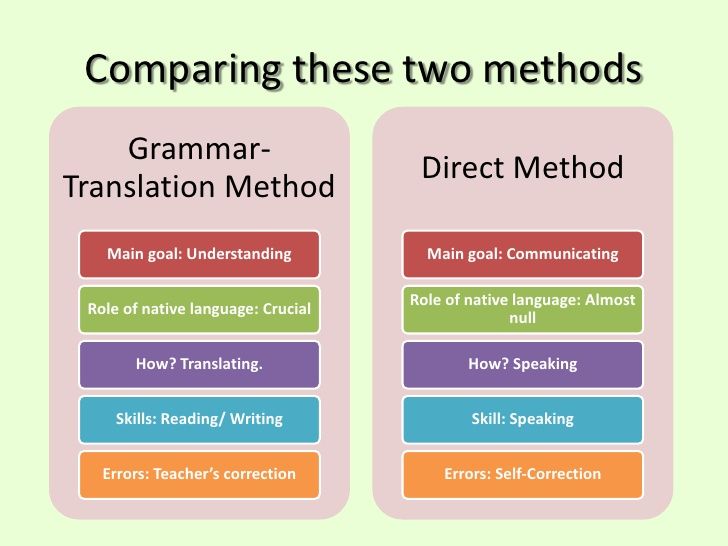 Now you know one of the simplest profiling algorithms:
Now you know one of the simplest profiling algorithms:
- determine a baseline of behavior before you start observing;
- watch for deviations from the baseline of behavior;
- evaluate not single signals, but their combinations;
- compare how a person behaves in different situations and with different people;
- watch how your behavior is reflected in the actions of the interlocutor;
- Interpret behavior only in terms of the context of what is happening;
- pay attention to the keywords that reflect the train of thought of a person.
If you want to get closer to being a professional at reading people, you can improve your skills by taking our profiling course. If the information received is enough for you, do not forget to put it into practice, and your communication with others, even due to this, will become better and more constructive. We wish you success!
Keywords:1 Profiling
How to teach people when no one wants to learn
Read also
Educational loan with state support: where to get it - and who better not to do it The lessons of the pandemic. What financial habits the coronavirus crisis has instilled in us High flight. What are the career prospects for drone specialists
What financial habits the coronavirus crisis has instilled in us High flight. What are the career prospects for drone specialists The vast majority of modern online educational businesses are simply digitized offline: lectures have turned into webinars, and homework from paper textbooks has begun to be sent over the Internet.
Whereas modern education needs, first of all, methodological and conceptual changes. We need to work with the goals and meanings of learning - and only then their implementation inside digital platforms. Here are 5 features that modern and truly effective educational products should have.
Individual educational trajectory
The first and, perhaps, the main feature of modern education is an individual approach. It is critically important to adjust the learning trajectory to the particular perception of each student (a person can be, for example, auditory or visual) and to the knowledge he already has.
It's one thing to teach internet marketing to a programmer, and quite another to teach offline marketing. These are two fundamentally different trajectories. The programmer does not need to be explained what the digital environment is (he is already well versed in it). He should be given basic knowledge of marketing: what is a value proposition, how to study the needs of the client, etc. And the marketer, on the contrary, is well aware of all this - he needs to master digital tools.
These are two fundamentally different trajectories. The programmer does not need to be explained what the digital environment is (he is already well versed in it). He should be given basic knowledge of marketing: what is a value proposition, how to study the needs of the client, etc. And the marketer, on the contrary, is well aware of all this - he needs to master digital tools.
When building an educational trajectory, it is also important to take into account the time that a student is able to allocate for learning. Each of us has our own life circumstances, lifestyle features, biorhythms and daily routine.
Conciseness and self-sufficiency
The farther, the more our life resembles a dotted line - we learn and consume content jerkily. We started reading or watching something in the morning over coffee, continued on public transport, and finished at lunchtime at work.
This feature of a modern person must be taken into account when building his educational trajectory. Each training cycle should be complete and extremely compact. Instead of 45-minute school lessons and university couples - 8-10 minutes.
Each training cycle should be complete and extremely compact. Instead of 45-minute school lessons and university couples - 8-10 minutes.
Why so many? First, it is a standard that seems to be beginning to be accepted by the modern market. Educational platforms like Coursera or Masterclass often break their courses into chunks of just 8-10 minutes. Secondly, studies show that this video length is optimal. After the 12th minute, the audience falls off intensively (unless, of course, you show them a new season of a popular series).
To achieve conciseness, you will have to squeeze all the water out of the material and maximize the density of meanings in it. And don't forget: each training iteration should fit well with all the others - like a perfectly fitted puzzle.
Emotional, interactive and engaging content
Any education today competes with entertainment. The user can have a lecture, a movie, and a football match in adjacent browser tabs.
Therefore, educational content should be emotionally colored, interactive and as engaging as possible. To successfully compete for a user's attention with a series or a computer game, you need to offer him at least something comparable.
That's why you need passionate and charismatic people in the frame, bright emotions and humor (where appropriate). For the same reason, it is worth using storytelling techniques. People love stories - they are listened to to the end and remembered better.
Training support, mentoring and motivation management
Admittedly, now EdTech is noticeably losing to offline education in terms of involvement. Learning support, mentoring and managing student motivation will help to compensate for this shortcoming. And in the future, when more advanced educational tools appear, the warmth of human communication and support cannot be dispensed with.
The following methods can be used to accompany training:
-
and, finally, the warmest and best - personal coaching and tutoring. By these hackneyed words here we mean the qualification of the educational goal, the analysis of the difficulties of a particular student and help in overcoming them.

Learn more


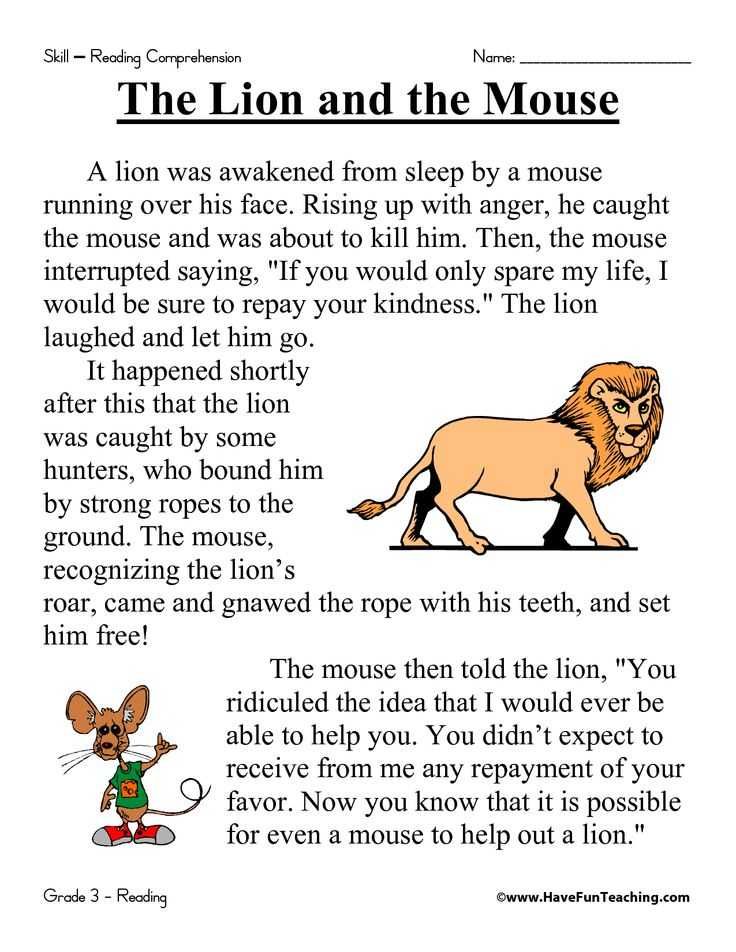
/pic4314753.jpg)




